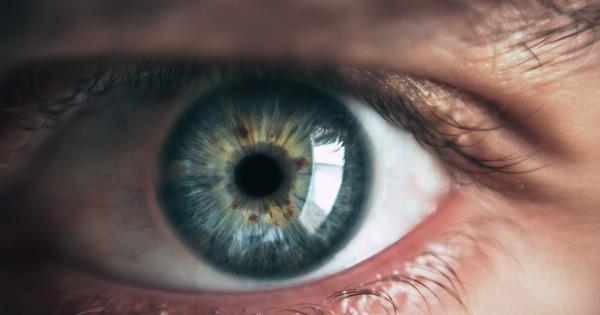Does the world appear blurry to you? Is it difficult to read signs or recognize faces from a distance? You may be experiencing some form of vision problem, which could be nearsightedness, farsightedness or astigmatism.
In this article, we will explore how to tell if you have one of these conditions, and what you can do about it.
What is Near-Sightedness?
Nearsightedness, also known as myopia, is a condition where the wearer can see nearby objects clearly, but distant objects appear blurry.
This happens when light entering the eye isn’t focused properly on the retina, either because the eye is too long or the cornea is too curved. If you are having trouble seeing signs or the chalkboard from the back of the room, you may be nearsighted.
What is Far-Sightedness?
Far-sightedness, or hyperopia, is when you have trouble reading or focusing on things close up, but objects at a distance are clear. This occurs when the eye is too short, or the cornea is too flat, which means the eye can’t focus properly.
If you find yourself holding books or newspapers further away from your face to read them, you might be far-sighted.
What is Astigmatism?
Astigmatism is a problem with the eye’s shape, which leads to distorted or blurry vision at any distance. It can be thought of as a variation of near-sightedness and far-sightedness, except that the eye is shaped more like a football than a basketball.
This causes light entering the eye to scatter, leading to blurred vision. If you feel like your vision is distorted or wavy, or if you have trouble reading or seeing while driving at night, you may have astigmatism.
How to test for nearsightedness, far-sightedness or astigmatism
If you suspect that you may have a vision problem, there are a few simple tests you can do at home to check:.
The Pinhole Test
The pinhole test helps to distinguish between near-sightedness and far-sightedness. Hold a small object, like a pencil, in front of you and look at it through a pinhole, like a small hole made with your fingers.
If your vision improves, you may be far-sighted; if it doesn’t, you may be near-sighted.
The Astigmatism Test
To test for astigmatism, cover one eye and look at a series of lines or a grid. If the lines appear wavy, your eye may have astigmatism. Repeat with the other eye to confirm.
The Distance Test
The distance test helps to determine whether you are near-sighted, far-sighted or have normal vision. Stand 20 feet away from an eye chart and read the smallest line of letters that you can see.
If you can read the letters accurately, you have normal vision. If you can’t, you may be near-sighted. If you can read the letters in the upper rows but not the lower rows, you may be far-sighted.
What to do if you have nearsightedness, far-sightedness or astigmatism
If you suspect that you have a vision problem, it’s important to see an eye doctor for an accurate diagnosis.
Depending on the type and severity of your condition, your doctor may prescribe corrective lenses, such as glasses or contact lenses, or recommend other treatments, like LASIK surgery.
Corrective lenses can help to improve your vision and reduce eye strain, but it’s important to have regular check-ups to monitor any changes in your vision, as your prescription may need to be adjusted over time.
In the end, taking care of your eyes is essential to maintaining your overall health and wellbeing. By identifying and treating vision problems early on, you can help to prevent more serious eye conditions from developing.




























